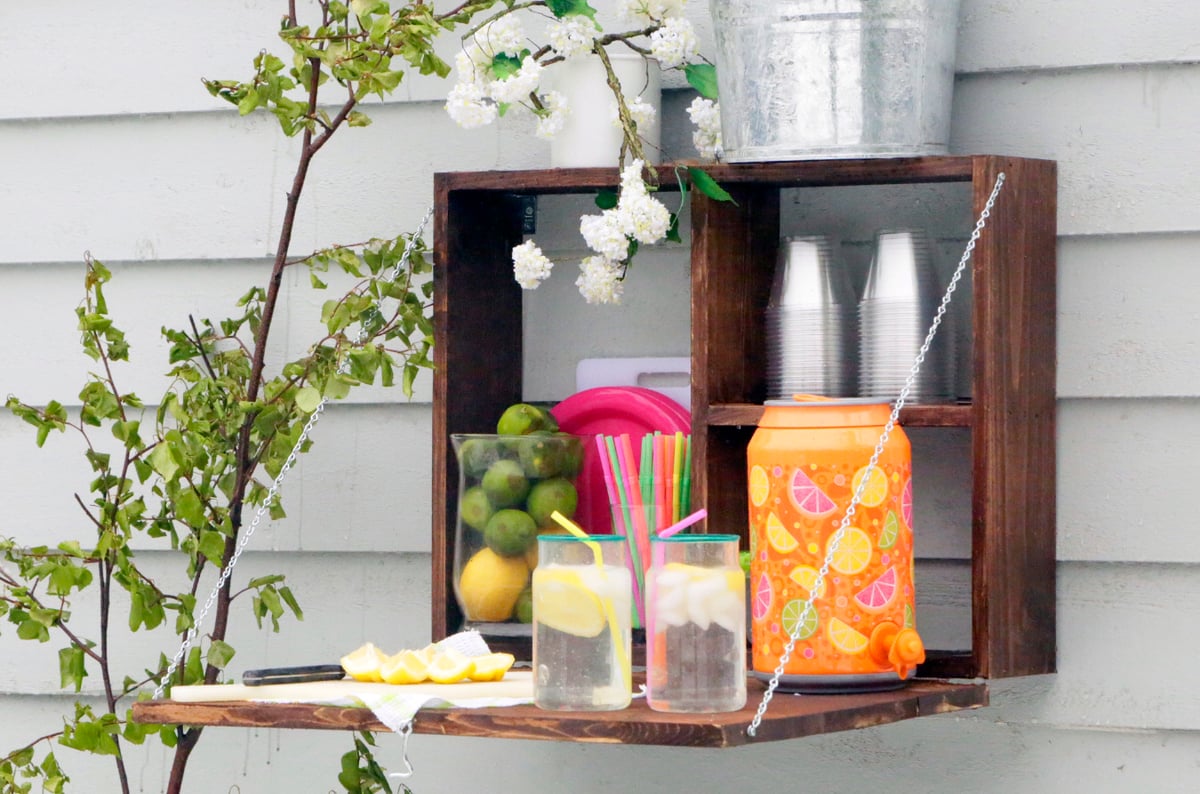
Here's a way to add a serving area outdoors build your own fold down serving station! Perfect for drinks to dinner. Step by step plans with building photos and diagrams.
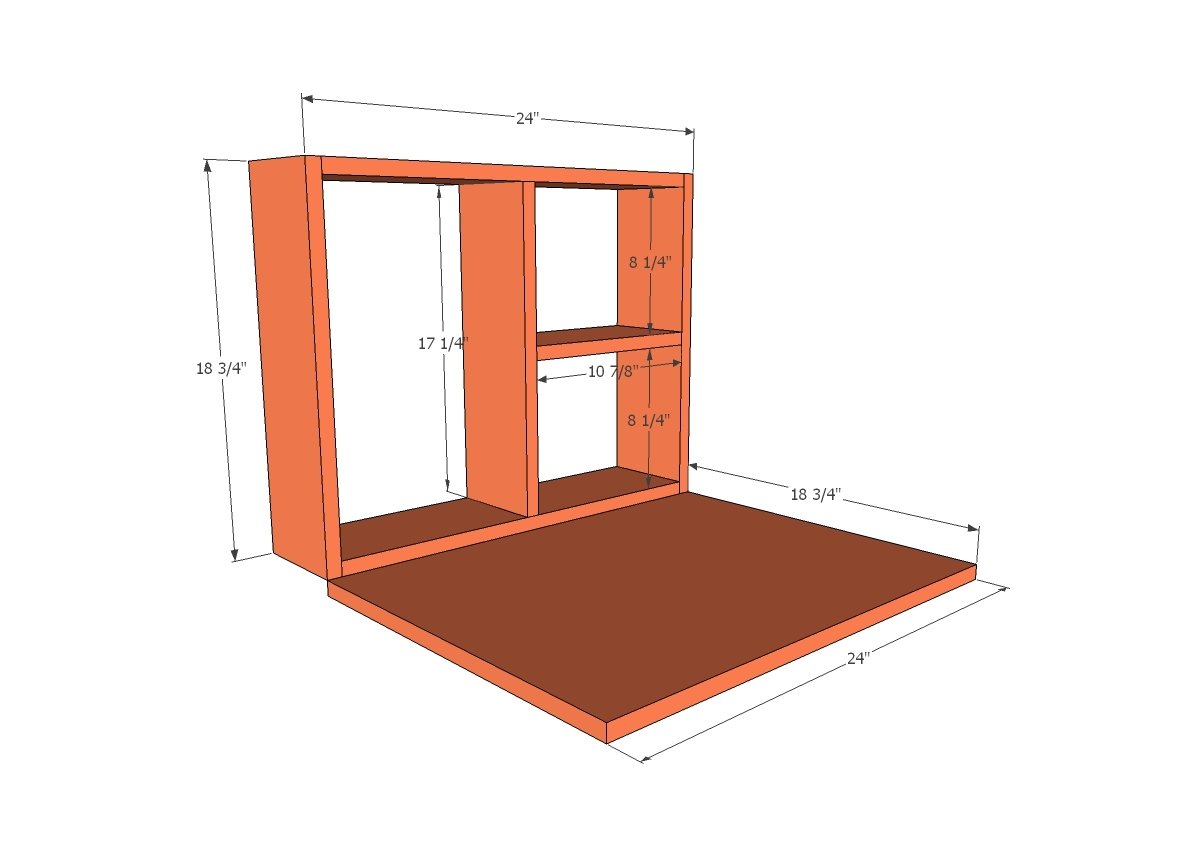
Preparation
- 1 - 2 ft x 2 ft, 3/4" project panel
- 1 - 10 ft, 1" x 6" pine board
- 1 1/4" brad nails to fit nailer
- Paint or stain
- 4 - 5/8" screws
- 1 - 2" hook & eye kit
- 5 ft jack chain and pliers
- 2 - 3" utility hinges
- 4 - 3" deck screws (for hanging)
- 2 - 3" corner braces (for hanging)
- 2 - 1x6 @ 18-3/4"
- 2 - 1x6 @ 22-1/2"
- 1 - 1x6 @ 17-1/4"
- 1 - 1x6 @ 10-7/8"
- Project Panel cut down to fit front
Please read through the entire plan and all comments before beginning this project. It is also advisable to review the Getting Started Section. Take all necessary precautions to build safely and smartly. Work on a clean level surface, free of imperfections or debris. Always use straight boards. Check for square after each step. Always predrill holes before attaching with screws. Use glue with finish nails for a stronger hold. Wipe excess glue off bare wood for stained projects, as dried glue will not take stain. Be safe, have fun, and ask for help if you need it. Good luck!
Instructions
Step 1
Step 2
It is always recommended to apply a test coat on a hidden area or scrap piece to ensure color evenness and adhesion. Use primer or wood conditioner as needed.


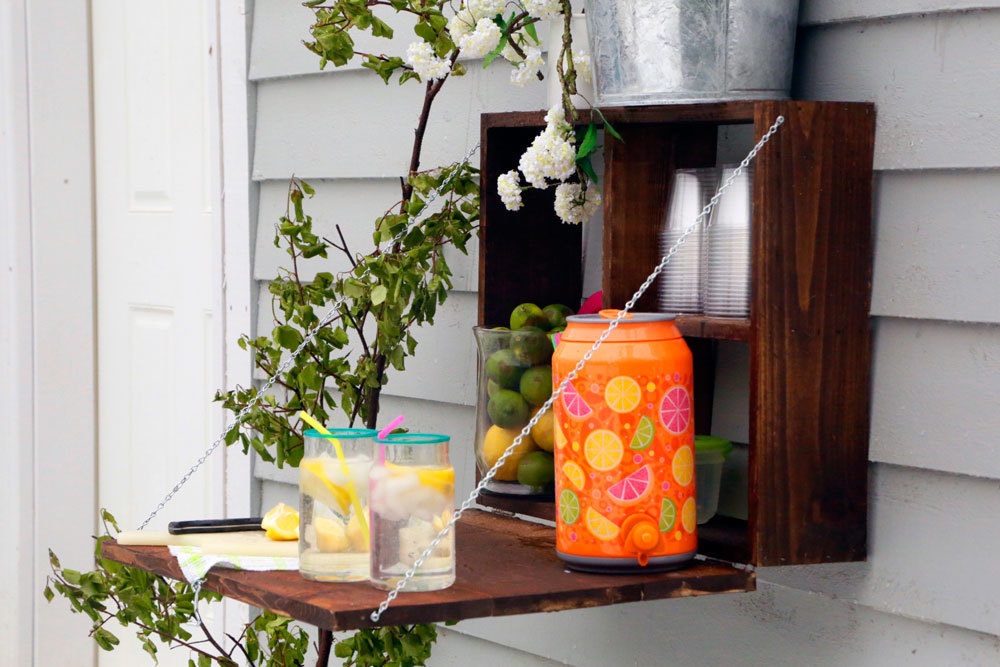
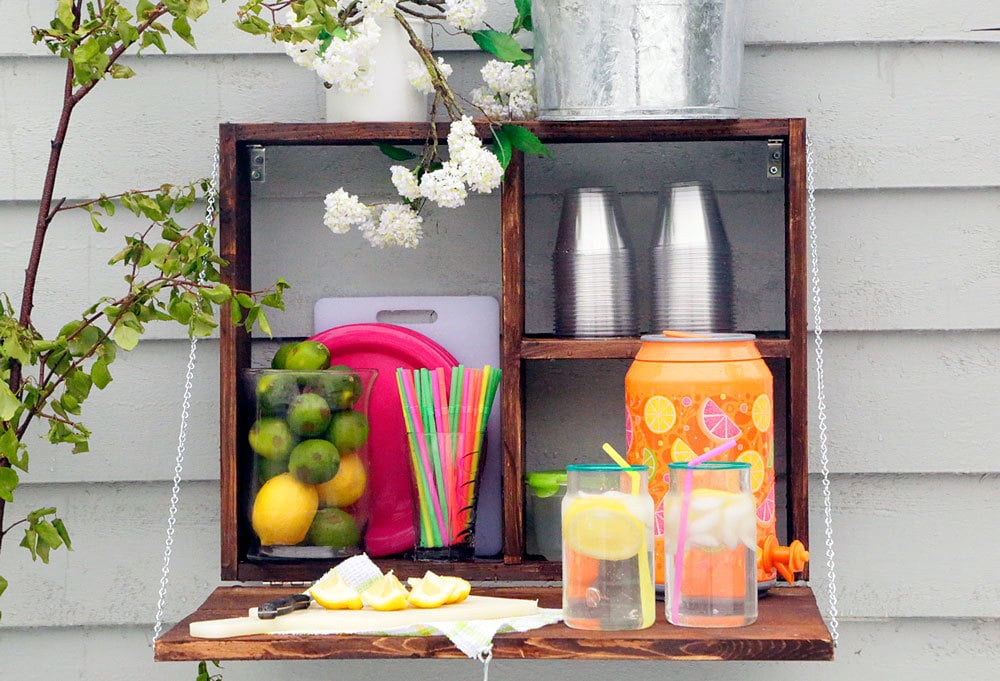







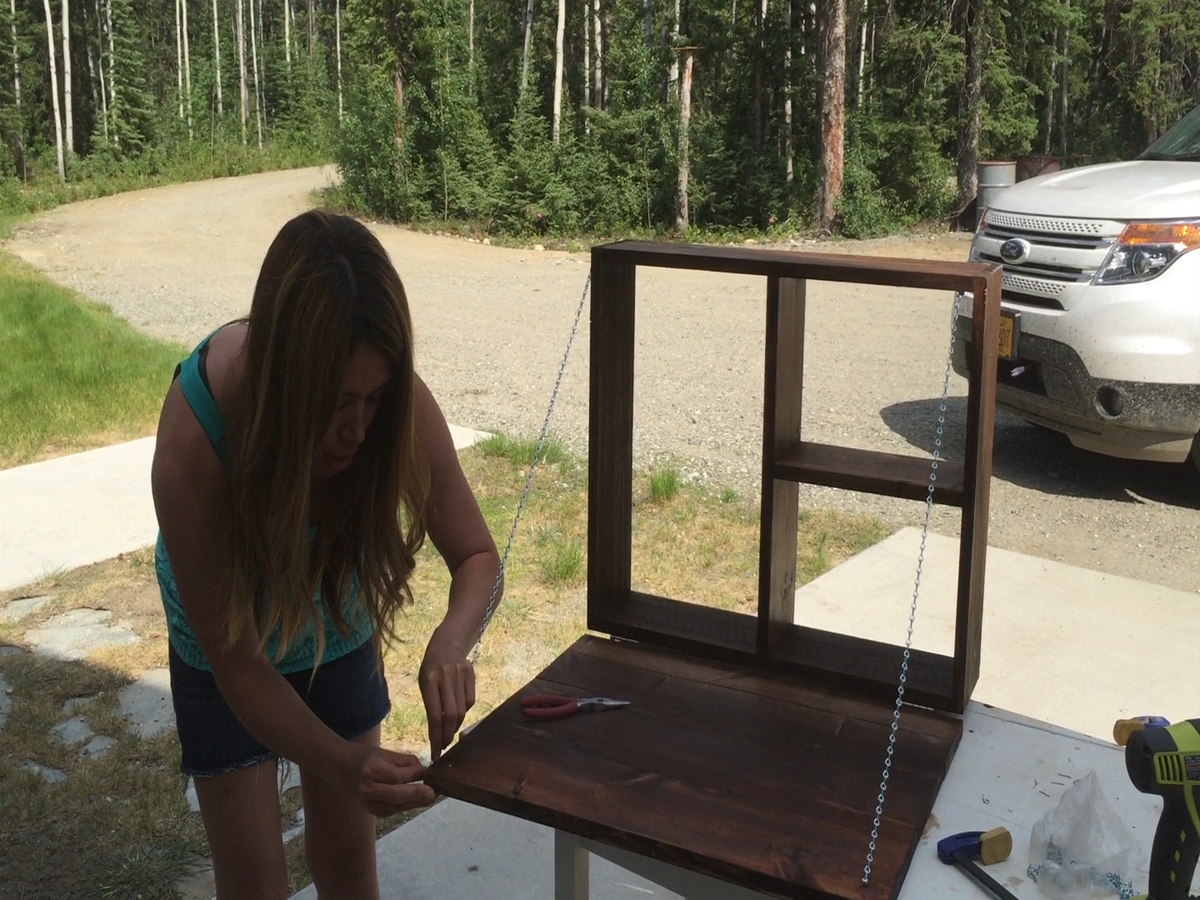











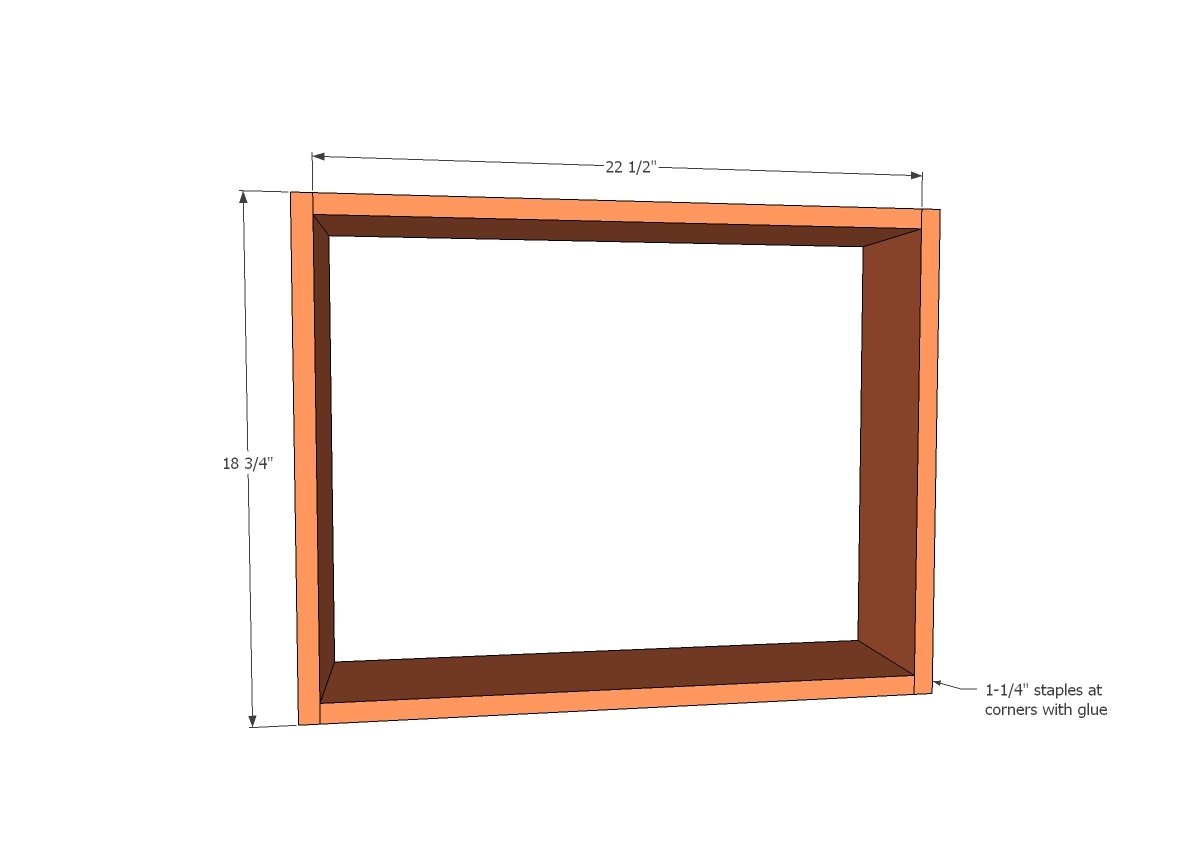
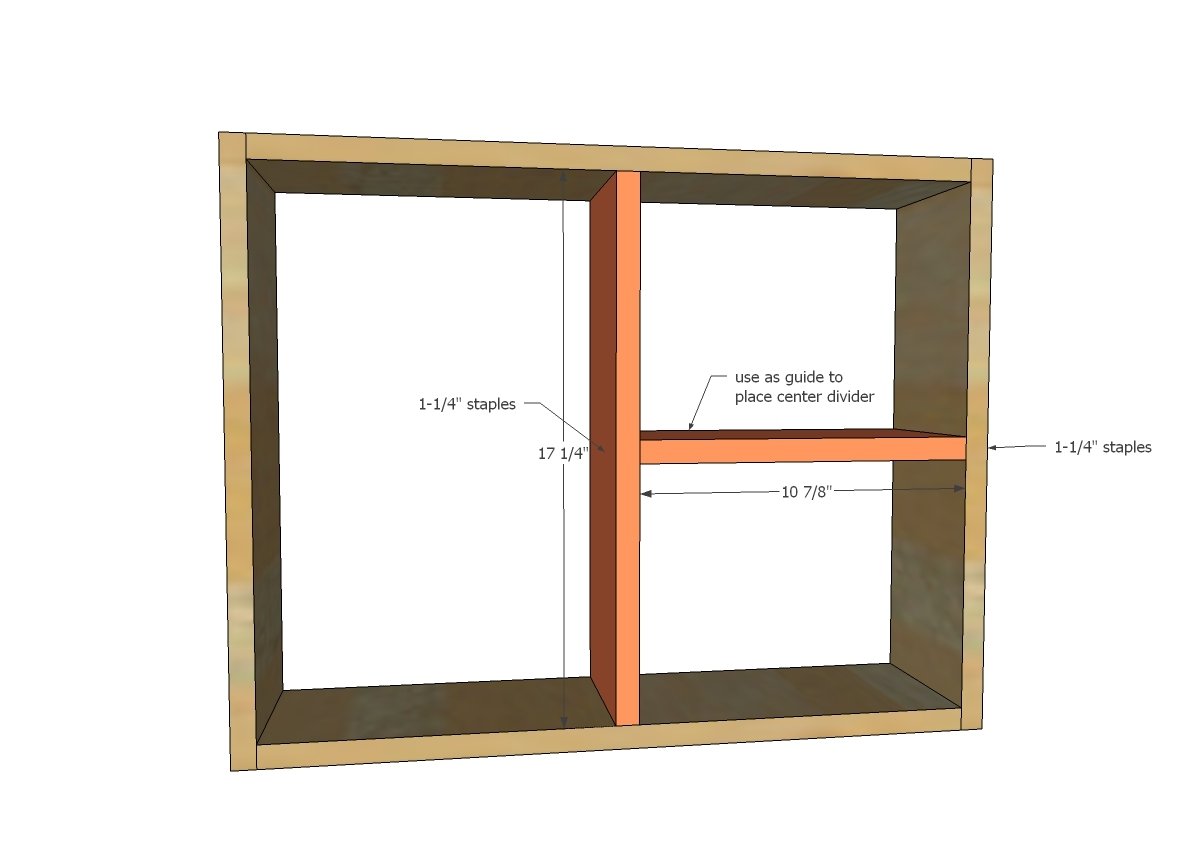
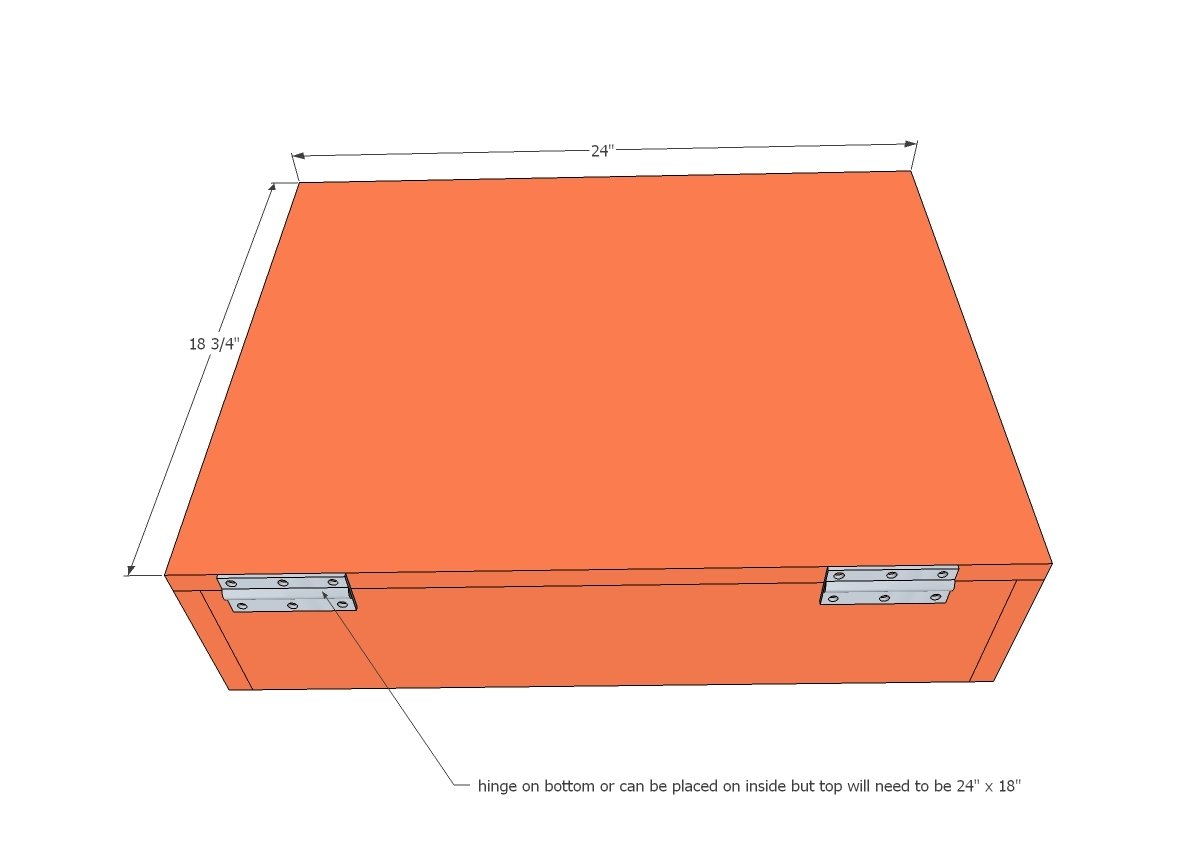
Comments
handmadewithash
Fri, 06/26/2015 - 19:39
I really want to try one of
I really want to try one of the DIH workshops. It looked like it was a lot of fun. Some day soon!
kwhitt
Thu, 11/19/2015 - 09:21
Different latch
Do you think you could use a magnetic catch instead of the hook and eye? I'm thinking of making this for my parents, and I can see them having trouble with the hook and eye.
Ana White Admin
Thu, 11/19/2015 - 12:33
Sure!
Yes, just look for a decently stong magnetic clasp.